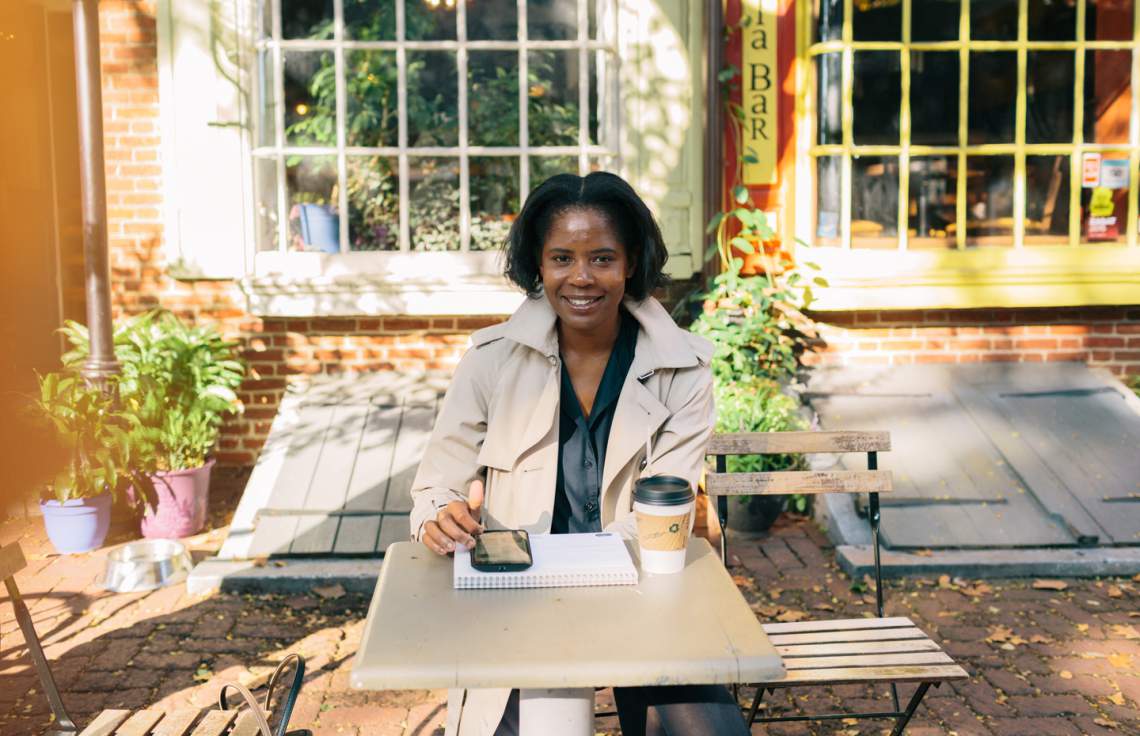If you've ever considered what it might be like to move cross-country for a new job, Sukari Keetin can give you some insight. In fact, she can teach you how to move across the country for a new job and carve out a freelance career simultaneously under the name RRADISH Design. And how to make new friends, grow your professional network, and embrace a new culture in a totally foreign city...well, you get the idea.
Born and raised in Southern California, Sukari started her working life in retail, landing in the fashion and merchandising world of Los Angeles. Later, a desire for change and a relationship led her to relocate to Philadelphia. But it's Sukari's innate ability to carve out a space for herself—regardless of what coast she's on or city she's in—that sets her apart from other people in her industry. Read her interview—maybe it will shift your own perspective of what working and living means.
Her Starting Point
When you were a kid, what did you think you wanted to be when you grew up?
I grew up in Huntington Beach, and I spent a great deal of time outside at the beach and riding my bike with friends around town. I didn’t know what I wanted to be when I grew up. I used to draw a lot while I was a kid, but I didn’t know I could make a career based on my designs and illustrations.
You attended Cal State Long Beach where you studied photography. Were you doing graphic design work back then too, or was your original career plan to focus on photography?
I was studying philosophy at first, and I really thought I wanted to be a lawyer. I slowly transitioned into photography after taking an elective course and falling in love with the photography of Malick Sidibé, Carrie Mae Weems, and Lorna Simpson.
What about your first couple of jobs? You started in the fashion industry—what drew you to fashion in particular? What did you like about those early roles? What didn’t you?
Even though my photography contained elements of graphic design, I didn’t get into graphic design until after college when I started working in the apparel production in downtown Los Angeles. I was exposed to a lot of illustrators, graffiti artists, skaters—and a lot of people who didn’t take the traditional route into graphic design either. The apparel and footwear industry gave people like myself room to experiment and present non-mainstream trends.
What were some of the mistakes you made early on that you regretted, and how did you learn from them?
Oh, God—I made so many mistakes early in my career. Mostly I regret not being very confident in myself or aware of the possibility that I can be good at what I love to do. I had a mentor point this out to me, and she corrected me every time I would use a passive voice or second-guess myself. It was really eye opening.

Her Big Break
You recently relocated from Los Angeles to Philadelphia. What made you decide to take the plunge and move across the country? How did you find a new network once you got there? What was the hardest part about making a big life/location change? What about the easiest?
I get this question a lot on the East Coast. My partner at the time was born and raised in Philly. So I joined him in Philadelphia to be near his family and friends. The weather isn’t as bad as I expected. And while I do enjoy the trains and subways, I really miss the car culture in Los Angeles. But my biggest obstacle was presenting my work. The city didn't have much of an apparel or footwear industry when I arrived. Philly is more of a traditional graphic design community and much of my work didn’t translate.
But then, the best part about Philly is the closeness of the design community. The easiest thing a new resident can do is join AIGA Philly and attend network events through DesignBrew or other meetup groups. I’m seeing the development of independent craftsman in apparel, footwear, and furniture as well as the loosing of traditional graphic design and more experimental techniques.
In Philly, you now run RRADISH Design along with working a day job at Gratz Industries. What do you enjoy about freelancing in particular?
RRADISH Design represents my collaborative spirit in which I’m moving towards accepting more freelance work and establishing an actual studio with staff. It’s not easy—they don't teach artists how to run a business in art school. But the industry is changing and is more accepting of designers working independently.
We talk a lot about Impostor Syndrome here—meaning specifically that women often feel like their work isn’t good enough or as good as their male colleagues. In a field like graphic design where you’re really putting your creative work and personal vision out there, were you ever nervous about delivery and presenting your projects? How did you find your voice and confidence?
Early in my career, I was definitely nervous when presenting projects to my colleagues. I had the hardest time breaking away from the habit of always saying “I’m sorry” or “I’m a little nervous.” I would never hear men randomly say “I’m sorry”. I hear so many women say “I’m sorry” for no reason at all and the thing is, I don’t remember when I started doing this.
That’s why it is so important to build a network of women who you inspire to be. I’m so fortunate to have a great mentor and someone I look up to. This person has a completely different career from me but she has the confidence and voice I inspire to have.
You’re also the Interactive Co-Chair of AIGA Philadelphia. A lot of our readers ask us about networking organizations—what drew you to AIGA? What benefits do you get out of serving as a leader in the organization? How does it help you professionally?
I always knew what the AIGA organization meant to me as a creative. My college photography lab had postings and flyers for AIGA everywhere. However, it was very difficult to attend their events because they didn’t have a chapter in Long Beach. Their chapter was based in Los Angeles, but even when I moved to Los Angeles the traffic kept me from attending a lot of events.
Fast forward a decade where I’m now living in Philadelphia. AIGA Philly had a gallery near my [last] apartment. If I wanted to make a name for myself as a designer, I needed to be part of AIGA Philly. I am very proud and blessed to be part of a board that's actively giving back and working to nurture the design community.

Her Perspective
For anyone who’s done it, it’s really hard to go home after work only to start on more freelance work. How do you balance the two? And how do you balance all that work and taking time off?
First of all, I drink a lot of coffee. I’ve learned through experience when to say no, firmly, or to honestly provide a manageable and reasonable project turnaround time. I do occasionally burn out, but I manage my time so much better now. I have a few must-dos that include working out every day for at least 30 minutes, attending one network/workshop/event per week, and visiting a gallery or exhibition twice a month.
Where do you look for inspiration? What about those days when you’re feeling uninspired?
I find a lot of inspiration in music. The right album can reset the mood and calm your anxiety. Or I might take a break—maybe watch some Vine videos or hang out on Twitter—then come back to a project.
How do you kickstart the creative process?
With sticky notes. I start writing questions or the first thing that come to my mind on the sticky note and post it to the wall or around the top of my workstation. Sticky notes are awesome.
What are your best tips for working with clients? How do you maintain your creative freedom but also adapt to client feedback and requests?
Create a list of general questions to ask your clients and ask about their budget. Present a strong proposal and always issue a contract that outlines the terms during every stage of the project. Your ideas are valuable. Don’t give them away for free.
And finally what do you wake up looking forward to? What’s next for your career?
I can’t wait until the next phase of brand rolls out. I’m developing products and I hope to be a speaker at an event very soon.
You May Also Like
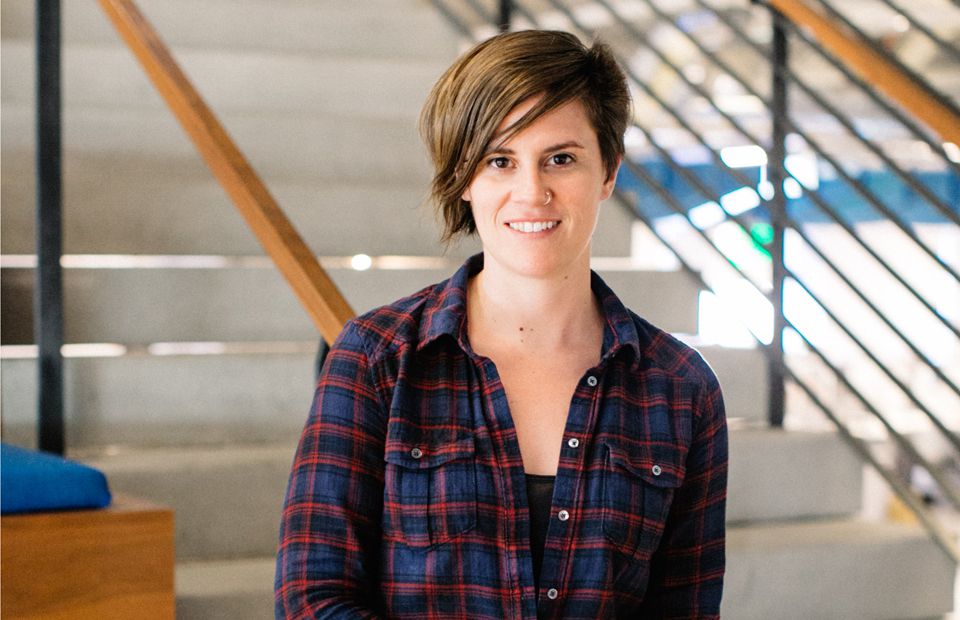
Media
How to Use Positive Reinforcement at Work—and Other Advice from a Pandora PM
"My advice to anyone who wants to get into product management is: check your ego at the door."
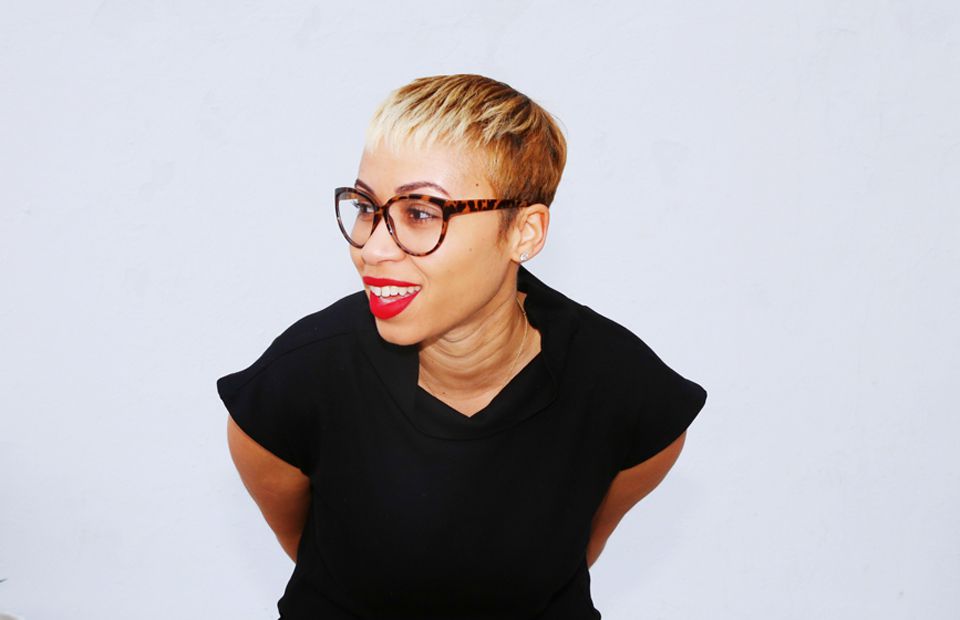
Media, Communications + Public Relations
How to Take Risks, Make a Switch, and Find a Career You Love—From a Woman Who's Done It 4 Times
Making your wildest dreams come true starts with understanding yourself—and Ahyiana Angel can help.
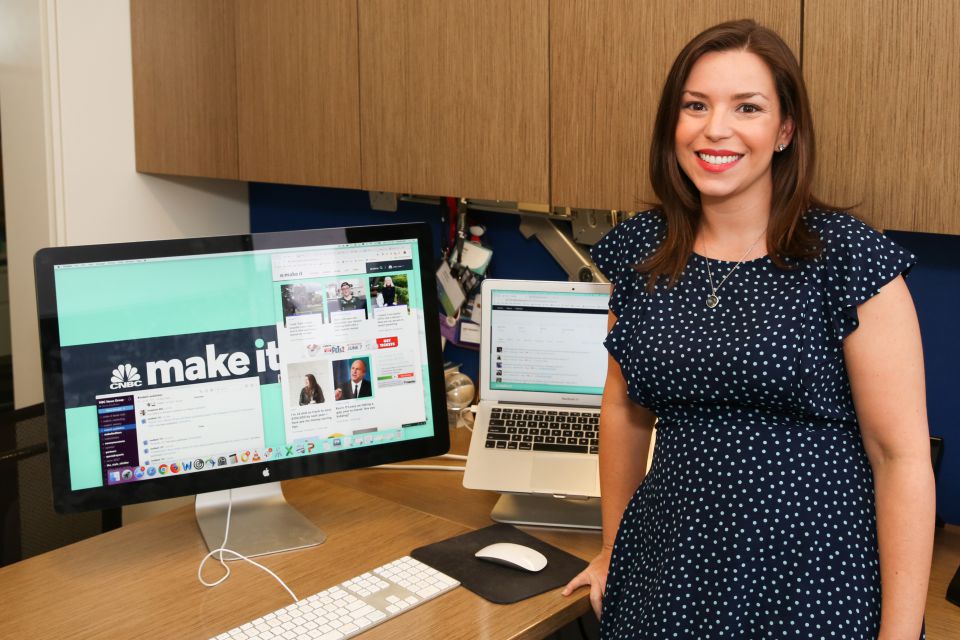
Communications + Public Relations
Creating Content That Empowers Audiences with CNBC's Digital VP and Managing Editor
This week, we interviewed Jenna Goudreau, the VP and managing editor of CNBC Digital. Let's learn how she keeps her powerhouse content creation machine going.
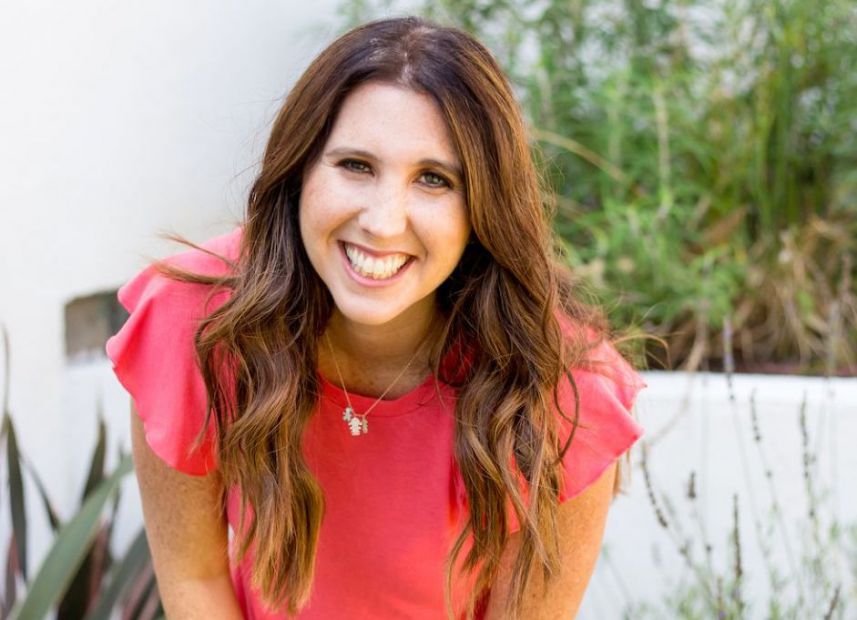
Entertainment
Working Creatively From Home with Cathy Heller
Cathy Heller is a singer, songwriter, entrepreneur, mother—and now, an author. Determined to lift others up to the "happiest versions of themselves," this queen of the hyphenated job title, leads by example. She shared how to build a fulfilling career in a creative field—all while working from home.
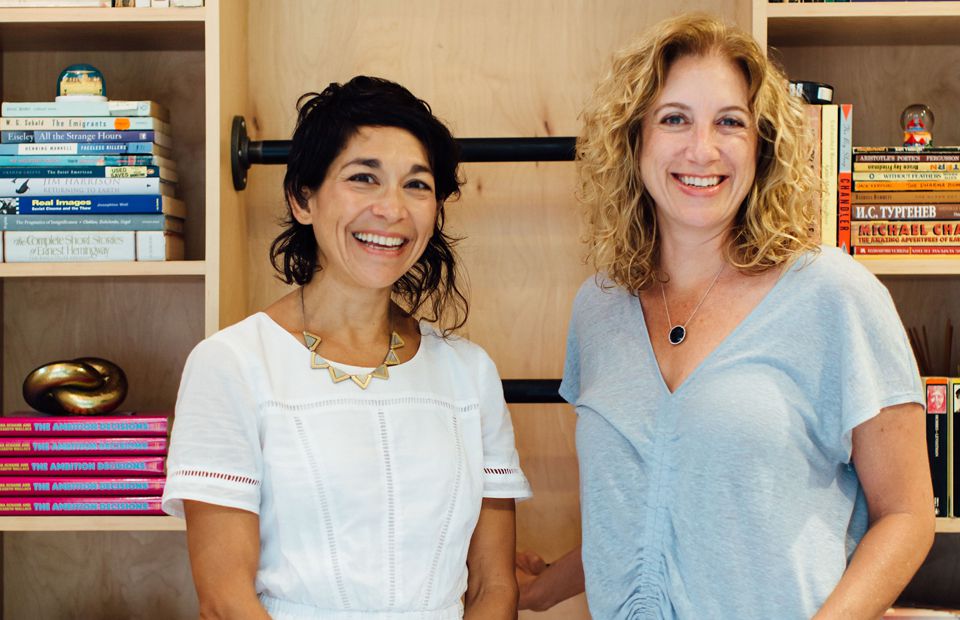
Media
Women, Work, and What It's Like to Write With Your Best Friend—From the Authors of The Ambition Decisions
"We should all give ourselves permission to challenge the things we think can’t be challenged."
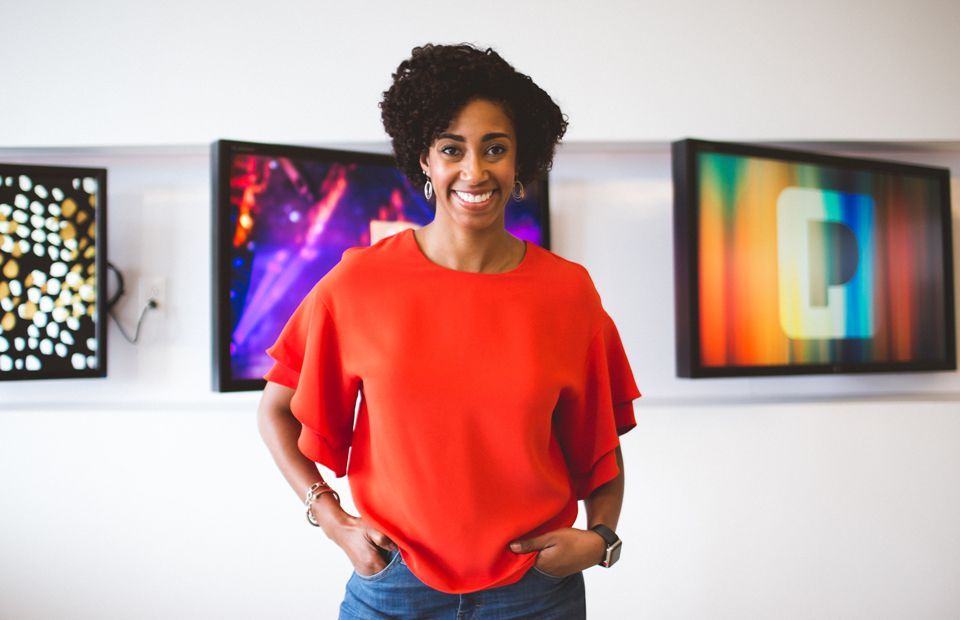
Media
A Director at Pandora on Staying Present, Celebrating Others, and Learning From Failure
"Share your wins, but most importantly, share what your growth areas are, share when you fail, share how you bounced back."
Get the Best Career Advice Delivered To Your Inbox
Join our newsletter to stay in the loop.
